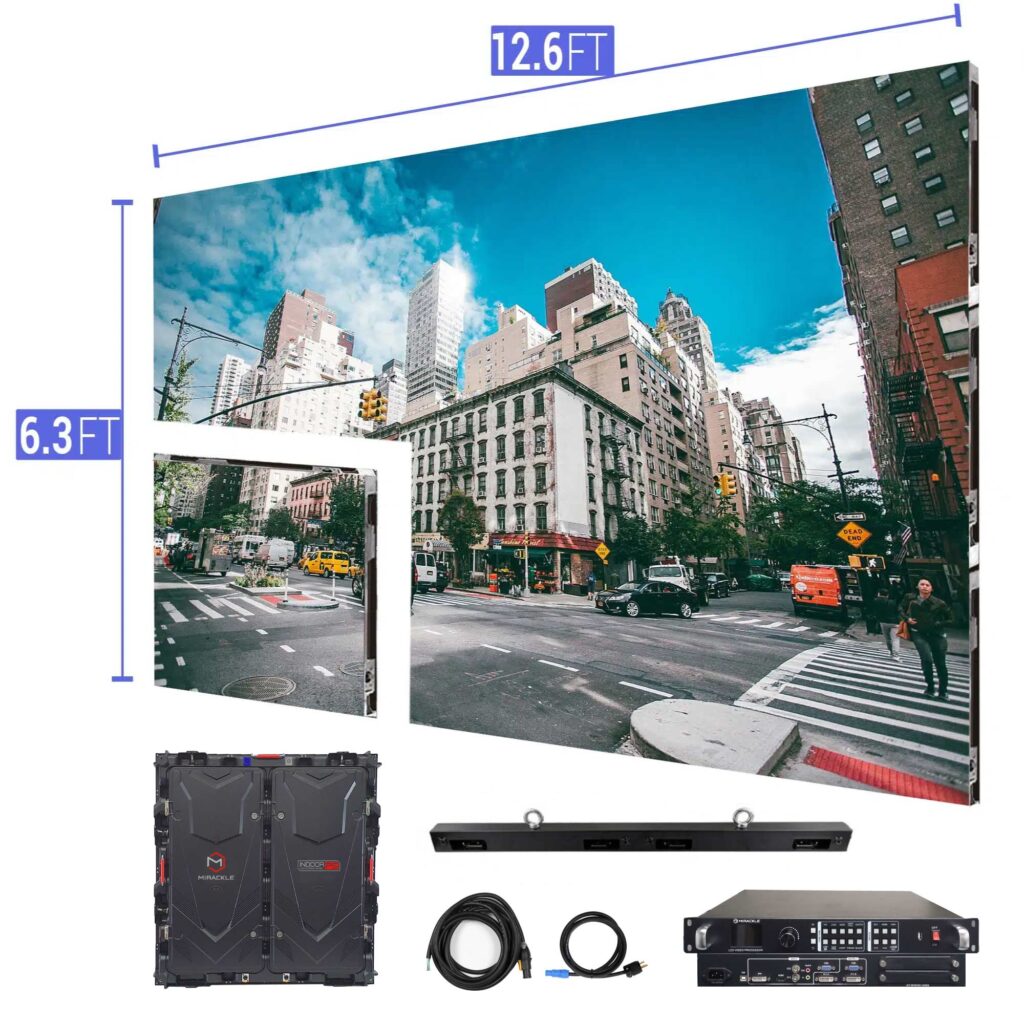Efficient Tactics for Overcoming Temperature Challenges in LED Wall Panels
Wiki Article
LED wall panels are progressively popular for various uses, such as advertising, functions, and digital screens. However, excess heat is a significant issue that can impact their functionality and longevity. When LED panels overheat, they may dim, color shift, or even fail completely. Understanding the causes and implementing efficient strategies to control heat can help preserve the ideal operation of LED wall screens. This article will discuss several strategies to address excess heat issues related with these devices.
One powerful strategy for preventing overheating in LED wall panels is guaranteeing adequate ventilation. It is crucial to place these screens in settings where air circulation is sufficient. This can be accomplished by positioning the screens in a properly aired space or using fans to enhance ventilation around the devices. Additionally, if the screens are mounted in a confined space, creating openings or using air ducts can help release heat more efficiently. Keeping a lower surrounding heat level is vital, as it immediately affects the function and durability of LED wall panels.
Another way to combat overheating is through the use of thermal management substances. These substances can help take in, disperse, or redirect heat away from the LED elements. Heat sinks are commonly used in many electronic devices, such as LED screens. These metallic components draw heat away from the LED components, allowing them to operate at a safer temperature. Additionally, heat-conducting compound or films can be utilized to improve heat transfer between the LED chips and the heat sinks, further enhancing their cooling effectiveness.

Regular care and oversight of LED wall panels also play a vital role in stopping overheating. Dirt and grime can accumulate on the faces of these panels, obstructing airflow and trapping heat. Regular cleaning, using appropriate tools, will ensure the screens free from blockages. Furthermore, tracking the heat level of the screens can help detect excess heat problems before they turn into critical. Using heat monitors can provide important information, enabling users to take corrective action if the panels begin to exceed safe operating temperatures.
The use of cutting-edge technology can also help address overheating issues in LED panel panels. Many modern LED panels come equipped with built-in thermal management systems. These systems can instinctively modify the luminosity of the screen based on the heat level, lowering heat production when needed. Additionally, program solutions can track the functionality of the screens and provide notifications if overheating is identified. Using these tools can considerably improve the durability and dependability of LED panel screens.
In summary, controlling excess heat in LED wall panels is crucial for ensuring their performance and durability. Applying strategies such as ensuring proper airflow, using heat control substances, performing routine care, and utilizing advanced technology can help mitigate excess heat challenges. Read More Here By taking these proactive steps, users can enjoy the full advantages of LED panel panels while minimizing the risk of heat-related problems. This method not only improves the performance of the panels but also contributes to a much eco-friendly and effective use of technology in various uses.